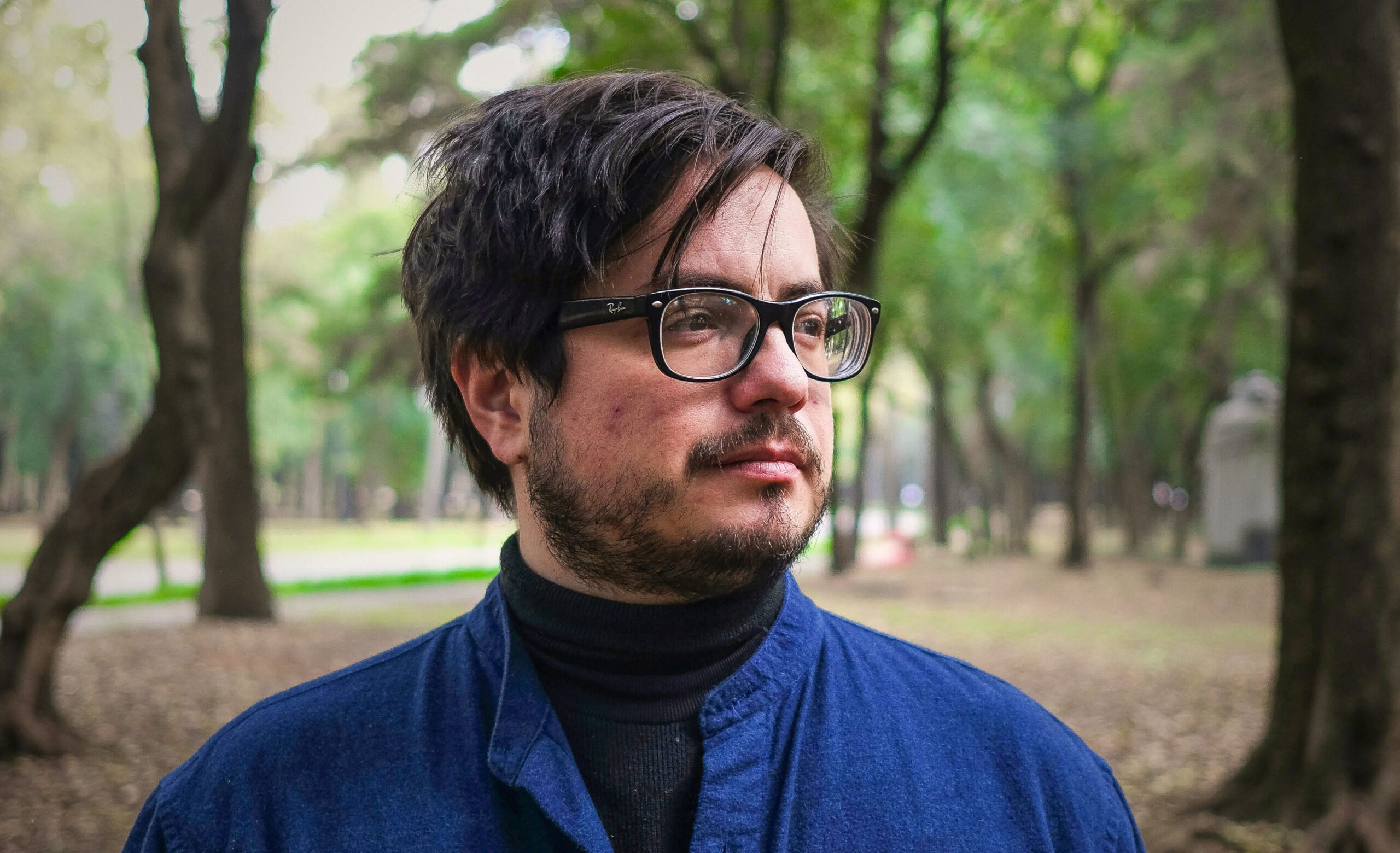Public Panel: Smart Cities - Guadalajara
Public Panel: Smart Cities - Guadalajara
How should we envision a Latin American city of the future? An AS/COA panel explored the answer by focusing on plans for Guadalajara’s Ciudad Creativa Digital, a world-class center for audiovisual, digital, and interactive production.
Speakers:
- Jesus Ricardo Alvarez Felix, Innovation Coordinator for ProMéxico
- Carlo Ratti, Director, MIT SENSEable City Lab
- José Antonio Torre Medina, Under Secretary for Competitiveness and Business Regulation, Secretariat of Economy, Mexico
- Alonso Ulloa Vélez, General Director and Partner of SITI, Innovation and Strategic Management, and Advisor of the State of Jalisco to the Guadalajara Digital Ciudad Creativa project
- Christopher Sabatini, Senior Director of Policy, AS/COA and Editor-in-Chief, Americas Quarterly (Moderator)
Summary
How should we envision a Latin American city of the future? An AS/COA panel, held in collaboration with ProMéxico and the U.S.-Mexico Chamber of Commerce, explored the answer by focusing on plans for Guadalajara’s Ciudad Creativa Digital—a center for audiovisual, digital, and interactive production and a model for future economic, urban, and environmental development. The panel focused on Guadalajara as the model for “smart city” and its implications for Mexico, the region, and the world at large.
Mexico’s Economic Dynamism
Opening the discussion, Undersecretary José Antonio Torre Medina commented on the dynamism of the Mexican economy. Thanks to structural advances such as entering the General Agreement on Tariffs and Trade in 1986, the North American Free Trade Agreement in 1994, making the Central Bank autonomous in 1996, and the democratic success of the presidential election in 2000, Mexico has experienced unprecedented macroeconomic stability and growth. “After a past of turbulent inflation, that is now under control,” he said. Exports from the country now total $350 billion a year and are on the rise, he noted. “Mexico is committed to free trade,” said Torre Medina. “It has 12 free trade agreements with 44 countries—more than any other country in the world.” With it comes privileged access to 75 percent of the world’s GDP.
Mexico also has a young and growing labor force with 115,000 engineers graduating annually, as well as an expanding internal market and middle class. In a Harvard study of economic complexity that measured skills and knowledge for sophisticated goods production, Mexico ranked in the top 20 globally—higher than Brazil, China, India, or Russia. According to Accenture, Goldman Sachs, and HSBC, Mexico will be the world’s fifth largest economy by 2050. The undersecretary concluded: “Mexico means opportunity, with a competitive, young population, sophistication and a strategic location. And that’s where smart cities will play a role.”
The “Smart City” Model in Latin America
ProMéxico’s Jesus Ricardo Alvarez Felix introduced the project, indicating that it began through exploration of “how to best develop high-value industries that should be a part of Mexico’s future.” Media, a $1.5 trillion-a-year industry, is one of these. In the media market, he said, “there are two major blocs where countries are vying for a position of leadership. One of them is the Spanish-speaking market.” This is where Mexico can become “the gateway for content development for Spanish-speaking markets around the world.”
The next 35 years will see 80 percent of the world’s population living in cities, and new cities will need to be developed. Guadalajara’s Ciudad Creativa Digital aims to answer the question: “How do we envision a city of the future in our region of the world?” Ideally, this will be a model that can be replicated—a prototype for “large-scale urban redevelopment projects, which create a new ecology of innovation spaces,” concluded Alvarez Felix.
Why Guadalajara?
Alonso Ulloa Vélez explained that Guadalajara, located in the state of Jalisco, is one of “the main cultural capitals of Mexico and one of its oldest cities.” About 45 years ago, the city became the largest IT cluster in Mexico, as well as in Latin America. It is now considered the Silicon Valley of Mexico and one of 15 large-scale IT clusters around the world; every major IT company has a presence in the city.
The Ciudad Creativa Digital project will be in a 40-acre space in Guadalajara’s city center and will create 35,000 jobs. The project will dovetail with federal and state initiatives that have the goal of reducing the digital divide in Jalisco. In the Ciudad Creativa Digital there will be free broadband available to the public, said Alvarez Felix, who explained that social inclusion will play a big part in the p







